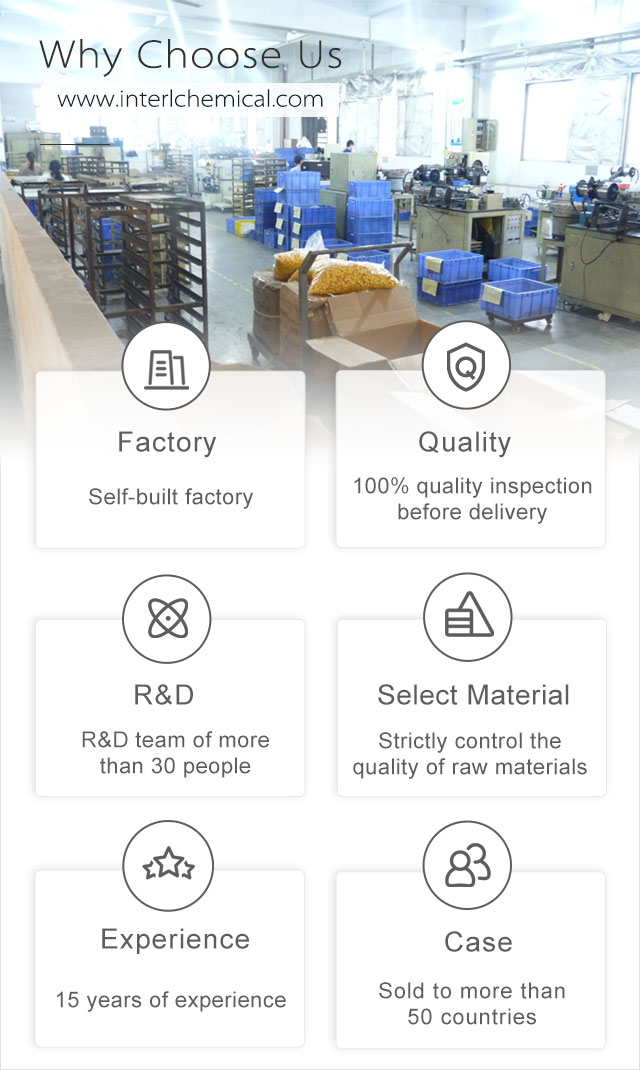





Related Attributes
Product details
1,4-Phenylenediamine CAS 106-50-3, also known as Urce D, is one of the simplest aromatic diamines, pure product is white to light purple-red crystals, exposed to air turns purple-red or dark brown. Slightly soluble in cold water, soluble in ethanol, ether, chloroform and benzene. It can be used to make azo dyes, polymer, also used in the production of fur dye, rubber antioxidant and photo developer, mainly used for aromatic, azo dyes, sulfide dyes, acid dyes, also as fur black D, fur orchid black DB, fur brown N2, and rubber antioxidant DNP, DOP, MB. It is also used as a raw material for cosmetic hair dye Urse D series, gasoline blocker and developer. As a chemical coloring agent, p-phenylenediamine is currently allowed to be used in the production of hair dyes, but there are clear restrictions on the amount used.

White to light purple-red crystals. Turns purplish red or dark brown when exposed to air. Soluble in water, ethanol, ether, chloroform and benzene.
1,4-Phenylenediamine CAS 106-50-3 is an important dye intermediate, mainly used in the manufacture of azo dyes and sulfide dyes, but also used in the production of fur black D and rubber antioxidant DNP, etc.
1,4-Phenylenediamine CAS 106-50-3 is mainly used in the manufacture of azo dyes and sulfur dyes, also used in the production of fur black D, fur blue black DB, fur brown NZ and rubber antioxidants DNP, 288, DOP, DBP. 1,4-Phenylenediamine Raw Materials is also used as 1,4-Phenylenediamine Raw Materials are also used as raw materials for cosmetic hair dye Ulcer D, gasoline inhibitor and developer.
Application/Function of 1,4-Phenylenediamine Powder.
1,4-Phenylenediamine Powder is an important dye intermediate, mainly used in the manufacture of azo dyes and sulfide dyes, but also used in the production of fur black D and rubber antioxidant DNP, etc.
1,4-Phenylenediamine CAS 106-50-3 is used as fluorescent indicator, analytical reagent and fur dyeing agent, also used in the synthesis of dyes
1,4-Phenylenediamine Raw Materials are mainly used in the manufacture of azo dyes and sulfide dyes, also used in the production of fur black D, fur blue black DB, fur brown NZ and rubber antioxidants DNP, 288, DOP, DBP. 1,4-Phenylenediamine Raw Materials are also used as 1,4-Phenylenediamine Raw Materials are also used as raw materials for cosmetic hair dye Urce D, gasoline inhibitor and developer.
1,4-Phenylenediamine Raw Materials is mainly used for fur dyeing, but also can be dyed together with other dyes, often used as a mordant to check ammonia, copper, gold, hydrogen sulfide, iron, magnesium, oxidizer, ozone, sulfur dioxide and vanadium, determination of chromium. Fluorescent indicator for acid-base titration (pH≤3.1 without fluorescence, pH≥4.4 showing orange fluorescence). Reducing agent.
Property and Stability of 1,4-Phenylenediamine Powder.

Production method of 1,4-Phenylenediamine Powder.
It is obtained by reducing p-nitroaniline with iron powder in acidic medium. Put the iron powder into hydrochloric acid, heat to 90℃, and add p-nitroaniline with stirring. After addition, react at 95-100℃ for 0.5h, then add concentrated hydrochloric acid dropwise to make the reduction reaction complete. After cooling, neutralize with saturated sodium carbonate solution to pH 7-8, boil and filter while hot, and wash the filter cake with hot water. Combine the filtrate with the washing solution, concentrate under reduced pressure, cool down and crystallize or distill under reduced pressure to obtain p-phenylenediamine in 95% yield.
Why choose us?

HRK Factory

About Shipping

Pharmaceutical Intermediate manufacturers
©2023 Xi'an Henrikang Biotech Co., Ltd.,